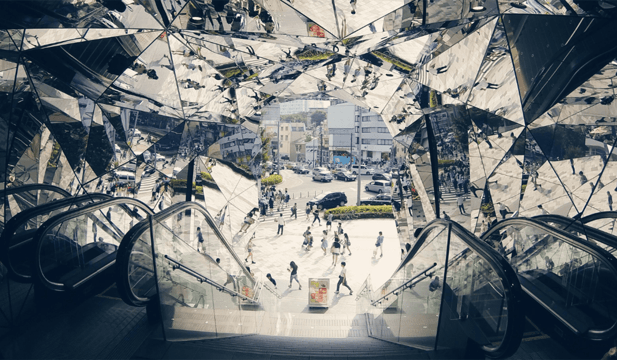Retail in APAC: A path to recovery

Retail in APAC: A path to recovery
The health crisis has shaken nearly every aspect of the retail industry. Brands have been challenged to adjust to new “imposed” consumer habits.
In APAC, countries have been slowly re-opening for business after months of restrictive measures, but going forward, charting a digitally-enabled, customer-centric path to recovery will be crucial for a long-term success.
For 90 minutes, key decision makers from Coty, Zenith & Montblanc shared their insights with Esterina Nervino (Retail in Asia) on the current retail situation and possible impacts on the immediate future.
Here are the lessons we learned from the IWD, Kendu, and Qingwa retail talk.
1. Protect people and business
“All storms will pass, it is a matter of how you weather them”. This sentence sums up this retail talk.
The safety and protection of people and businesses is the priority in today's climate.
Companies took the opportunity to change the way they work internally and think about a new relationship with customers online and in-store.
There is also a shift in focus to prioritize domestic markets.
2. Returning to the fundamentals
In the past few months, consumers have drastically changed. Consumption and lifestyle are being rethought as priorities are changing. Health, work-life balance, mental well-being are now the prime concern…
A great example is the makeup industry being more affected than the skin care industry. Is this a new normal or a temporary normal?
Core products remain the same, but customers have a different approach to materials & usage.
They now look at the brand from a 360 angle: product, service, sustainability etc. Brands need a clear mission to give customers a reason and desire to come back.
This explains why sustainability is as important as ever: rethink manufacturing processes, remove animal testing, look into reuse and recycle.
3. An emotionally strong period
In the retail experience, emotional connection is a bottom up approach. Consumers crave the in-store human interactions: to look, touch, smell & try the products.
With online shopping, a brand can add value by including a personalized and hopeful message with the sent product. This is the type of action that will make a difference for the consumer.
The norms of luxury are being challenged, the view of the single customer is not necessarily appropriate anymore. It is essential to rethink codes by giving retailers the resources to adapt to the new consumer mentality.
Customers also rediscover the advantage of shopping locally. By the way, markets that rely more on domestic consumption than on travel will recover faster.
4. Online teamed up with offline
E-commerce had exploded when most countries were under lockdown. Businesses that relied heavily on their retail spaces before the pandemic had to regroup and re-direct their resources to build their e-commerce platform.
Ease of use and sharing the brand’s story is essential in creating these online shopping spaces. Mastering the art of digital merchandising is becoming relevant for all retailers.
Today, the line between our professional and personal lives is increasingly blurred. Instead of seeing online and offline as two separate pieces, businesses need to recognize that they are complementary. Online is a fantastic opportunity for offline.
Businesses will have to figure out how to bring the online offline, and vice versa, while putting the consumer at the center of the experience.
MORE ARTICLES BY THIS AUTHOR

Caroline
I am a Brand Image leader working in Retail and tech passionate about 360° storytelling. I'm also keen on travel and wildlife. I have a strong experience in building and implementing communications strategies (consumer, corporate, BtoB, social media) consistent with marketing levers and business needs. I have always been working in fast-paced environments and have experienced early days of companies that have known tremendous growth.




